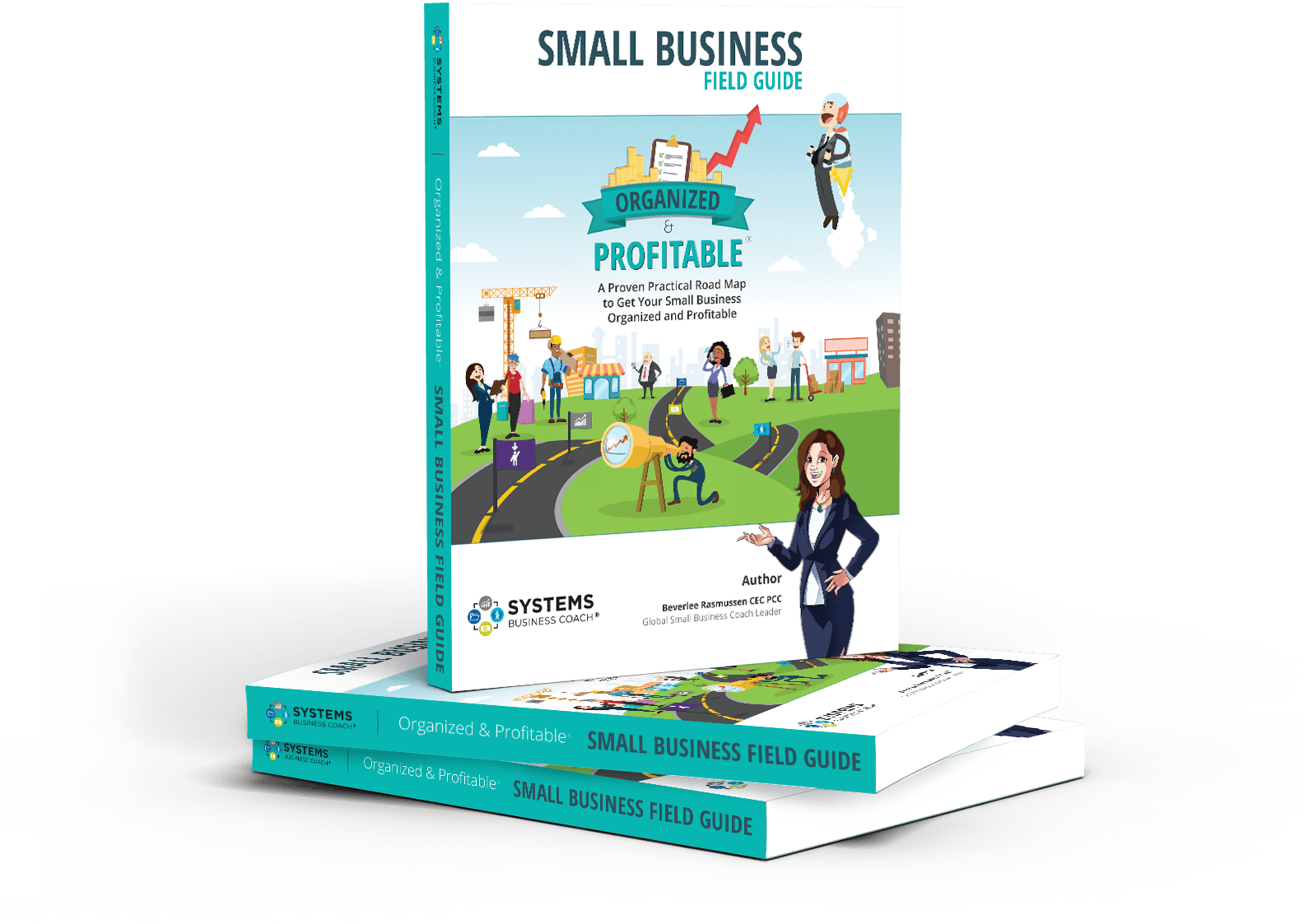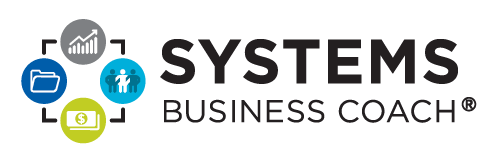Tariffs have long been a tool used by governments to regulate trade, generate revenue, and, at times, as a form of retaliation or negotiation. Recently, proposed U.S. tariffs have sparked significant concern, particularly among Canadian small businesses, which are integral to the country’s economy. Understanding the potential impact and preparing for these challenges is critical for business owners who want to navigate this uncertain terrain successfully.
What Are Tariffs and Why Are They Imposed?
A tariff is essentially a tax or duty imposed on goods and services that cross international borders. While they can serve several purposes, including generating tax revenue, their most prominent use today is as a tool in trade negotiations. For example, tariffs may be imposed to retaliate against unfair trade practices or to apply pressure during negotiations. The proposed 25% U.S. tariff plan has the potential to send ripple effects through industries across Canada.

The Economic Reality for Canadian Small Businesses
Canada is home to 1.22 million businesses, with 1.19 million classified as small businesses employing fewer than 100 people. These small businesses are responsible for 50% of all jobs in the country. The economic impact of tariffs on these businesses cannot be overstated.
Studies from the Ivey Business School indicate that a 10% tariff could reduce Canada’s GDP by 2.4 percentage points over two years, resulting in an estimated 500,000 job losses. A 25% tariff could push that number to 2.5 million jobs lost—putting one in ten Canadians out of work. Such losses would devastate communities and local economies, as small businesses often form the backbone of these areas.
Sectors at Risk
Certain industries are more vulnerable to tariffs than others. Manufacturing, agriculture, and energy are likely to be hit the hardest due to their significant export activities to the U.S. For instance, Canada supplies 60% of U.S. crude oil imports. Tariffs on Canadian oil would reduce competitiveness and market share, potentially crippling businesses tied to the energy sector.
This type of economic strain can trigger a domino effect. During the oil price crash of 2014-2016, Alberta experienced an economic collapse: retail stores closed, truck sales plummeted, and entire communities were financially paralyzed. Non-essential businesses like coffee shops, gyms, and retail stores that rely on oil worker families felt the brunt of the impact. The same pattern could unfold if tariffs hit other critical sectors.
Unique Challenges for Small Business Owners
Small business owners face additional challenges when responding to economic pressures like tariffs. In my experience, many prioritize their customers and employees, sometimes at the expense of their businesses. Here are a few examples:
- Pricing: Business owners are often hesitant to raise prices, fearing they’ll lose customers or create hardships. However, absorbing increased costs can quickly erode profits. Tariffs will make it necessary to adjust prices immediately to stay afloat.
- People: Many business owners go to great lengths to retain employees during tough times, sometimes sacrificing their own pay or even going into debt to avoid layoffs.
- Financial Literacy: Some business owners tend to deprioritize fully understanding their financial reports. Knowing your numbers inside and out is critical for making sound decisions, especially when facing tariffs or other external shocks.
- Access to Capital: Historically, small business owners can struggle to access loans or funding, which limits their financial flexibility during economic downturns.
While these tendencies often come from a place of generosity and compassion, now is the time to channel that energy into safeguarding your business, ensuring stability for yourself, your team, and your future.

The Ripple Effect on Communities
Small businesses are the heart of local communities. Job losses caused by tariffs would have devastating effects—people moving away, buildings sitting empty, declining tax bases, and the closure of schools and hospitals. The longer these challenges persist, the harder it becomes for communities to recover.

The Role of Government and Advocacy
Canadian government and industry associations must step up to support small businesses during this transition. Historically, we’ve done a great job of helping people start businesses but have fallen short in supporting them beyond the start-up phase. Increasing access to business coaching and improving small business education programs are essential steps to prevent further failures.
Governments could also play a role by facilitating cross-provincial trade and encouraging local manufacturing. Subsidies tied directly to economic stability could help small businesses weather the challenges tariffs bring. We’ve seen success in the past—such as micro-business training programs that helped entrepreneurs thrive—but we need a more coordinated, long-term effort.
Proactive Strategies for Resilience
So, what can small business owners do to weather this storm? Here are some practical steps:
- Diversify Your Market: Don’t rely solely on the U.S. market. Explore opportunities in Europe, Asia, or other regions. Canada has consulate offices worldwide to help you connect with new markets. Consider what else you could sell or whether your products could appeal to entirely different industries.
- Strengthen Your Supply Chain: Assess your supply chains for vulnerabilities. Can you source materials locally, even if it means slightly higher prices? Building local partnerships can help insulate your business from global disruptions.
- Get Financially Ready: This is not the time to wing it. Ensure your books are 100% up to date and understand every number on your financial statements. Raising prices may be uncomfortable, but it’s often necessary to maintain profitability.

Practical Advice for Small Business Owners
For small business owners navigating these challenges, here are three immediate actions to take:
- Get Your Financial House in Order: Ensure your books are current, and understand how tariffs might impact your cash flow and expenses.
- Create an “If-Then” Plan: Identify the specific areas of your business that could be affected and outline contingency plans for each scenario.
- Reevaluate Your Lease: If your lease is up for renewal, consider whether it’s the right time to commit to long-term agreements.
Looking Ahead
Small business owners are some of the most tenacious, creative, and courageous people on the planet. While tariffs and economic challenges are daunting, they also present an opportunity to innovate, pivot, and emerge stronger. By viewing your business











